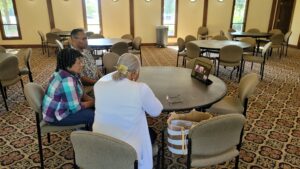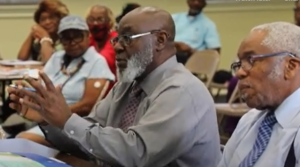Virtual Listening Sessions
Tell us what you think about African American Historic Preservation in South Carolina If you were not able to attend the listening sessions across the state, or the virtual sessions, you can still provide feedback to the WeGOJA Foundation for the South Carolina...


